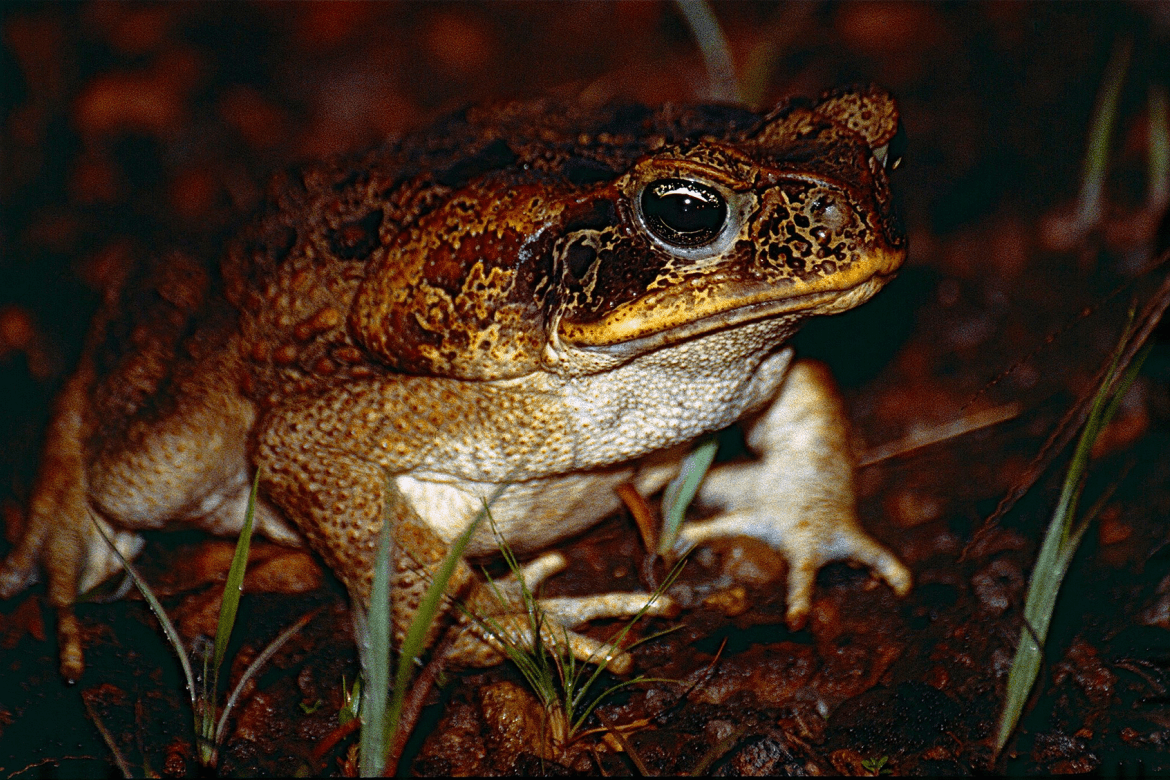Tongue twisting cane toads

Mount Holyoke postdoctoral researcher Rachel Keeffe has published a paper that reveals startling new facts about the tongues of cane toads.
New research has uncovered that the tongues of cane toads recoil into their bodies further than they stretch out to grab prey — and the recoil can slap the toads’ hearts.
In a new paper published in Integrative Organismal Biology, and also covered in New Scientist, Rachel Keeffe, a postdoctoral researcher in Associate Professor of Biological Sciences Patricia Brennan’s laboratory, described the first time she and the team at the University of Florida watched the 3D X-ray of a cane toad feeding on a cricket.
“We thought something was wrong with the videos,” said Keeffe. “We thought that we didn’t do something correctly because we were [thinking], ‘There’s no way this tongue marker is actually behind the back of the skull.’”
The most remarkable finding in the paper is that cane toads stretch their tongues behind the back of the skull during feeding, which means that the tongue stretches more when it moves backward than when it goes forward to catch the food.
As the toad pulls its tongue back into its mouth, the hyoid — which sits below the tongue and between the esophagus and the front of the neck — jerks backward and down, sliding along the length of the esophagus. Once it slips further than the back of the toad’s head, the tip of the tongue races down the throat. The tongue — stretching some 4.5 centimeters down the throat — and hyoid manage to bump into the heart, which sits just to the rear of the toad’s chest bones, past the animal’s short neck.
Read the full paper in Integrative Organismal Biology or read a recap in New Scientist (requires a subscription).
